Last night saw the return of the most glittering event in the museum’s calendar, with the first Science Museum Group Annual Dinner since 2019.
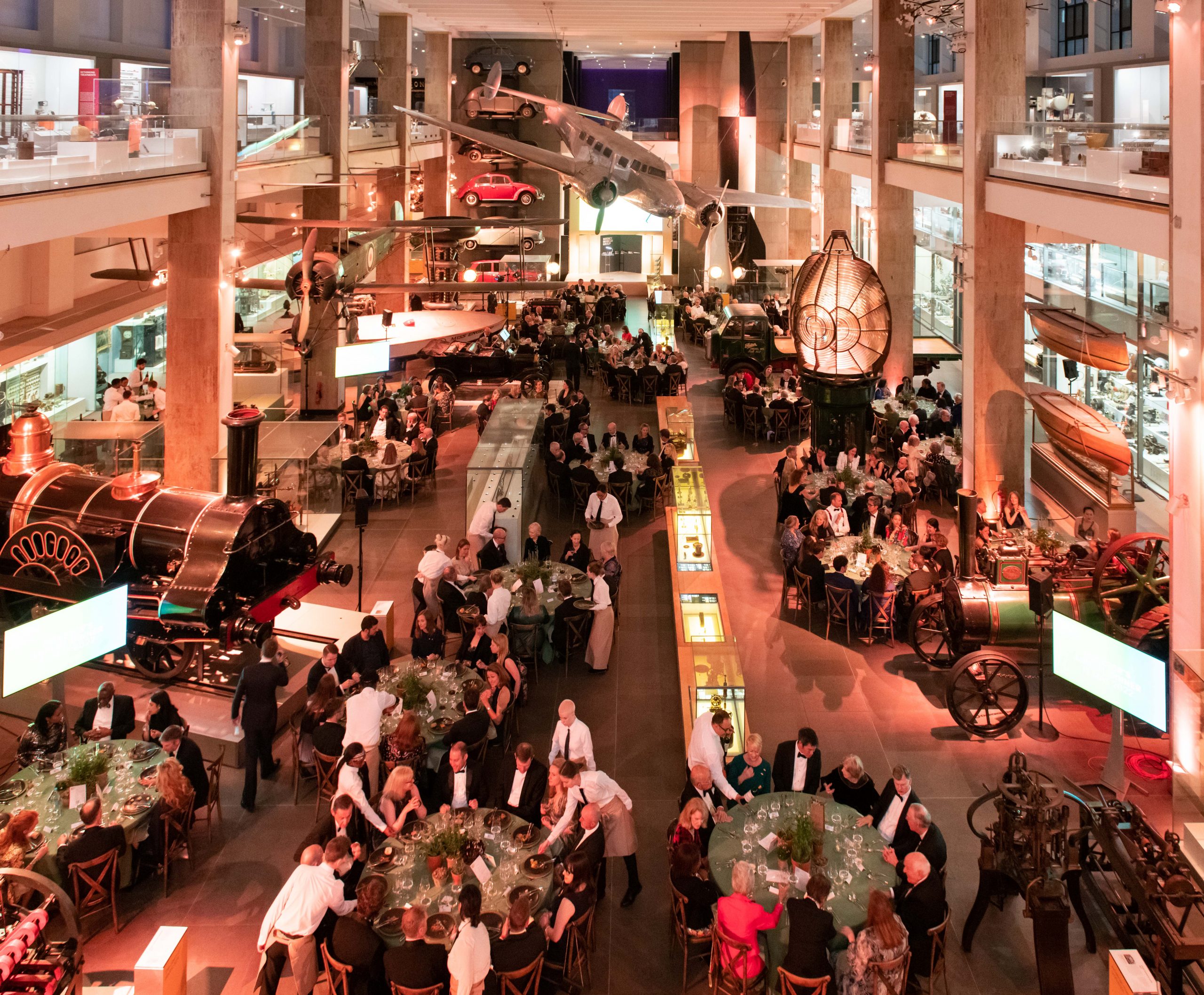
Science Museum Group Fellowships were awarded by Chair Dame Mary Archer to Lord Stern, for his influential work on climate change economics, as chair of the Grantham Research Institute on Climate Change and the Environment, which helps us to understand the sustainability commitments of potential partners.
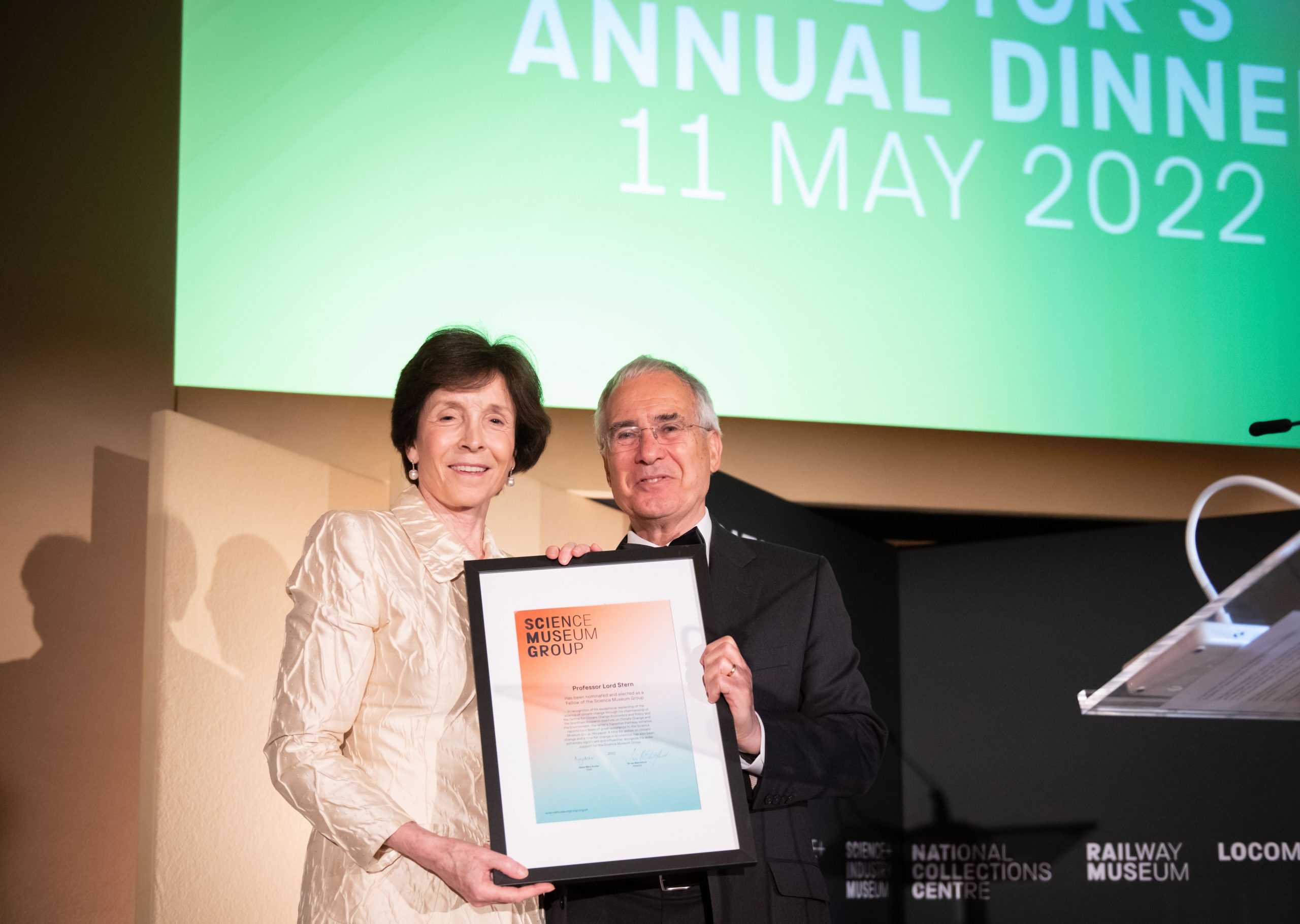
There was also a standing ovation, led by Baroness Simone Finn, when Dame Mary awarded Fellowships to Oxford COVID-19 vaccine developers, Sir Andrew Pollard and Prof Teresa Lamb, who have helped the Group’s s COVID-19 collecting project.
Sir Greg Winter, who shared the Nobel prize in 2018, was the guest of honour at the event , following in the footsteps of remarkable individuals such as Lisa Randall, Craig Venter, Fabiola Gianotti and Cédric Villani.
In his speech, Sir Greg discussed his research on engineering antibodies, which can bind to molecular targets in drugs, improve diagnostics and more. In this way, Sir Greg has influenced the development many of the world’s best-selling drugs, generating around £900m over 25 years for the UK’s Medical Research Council.
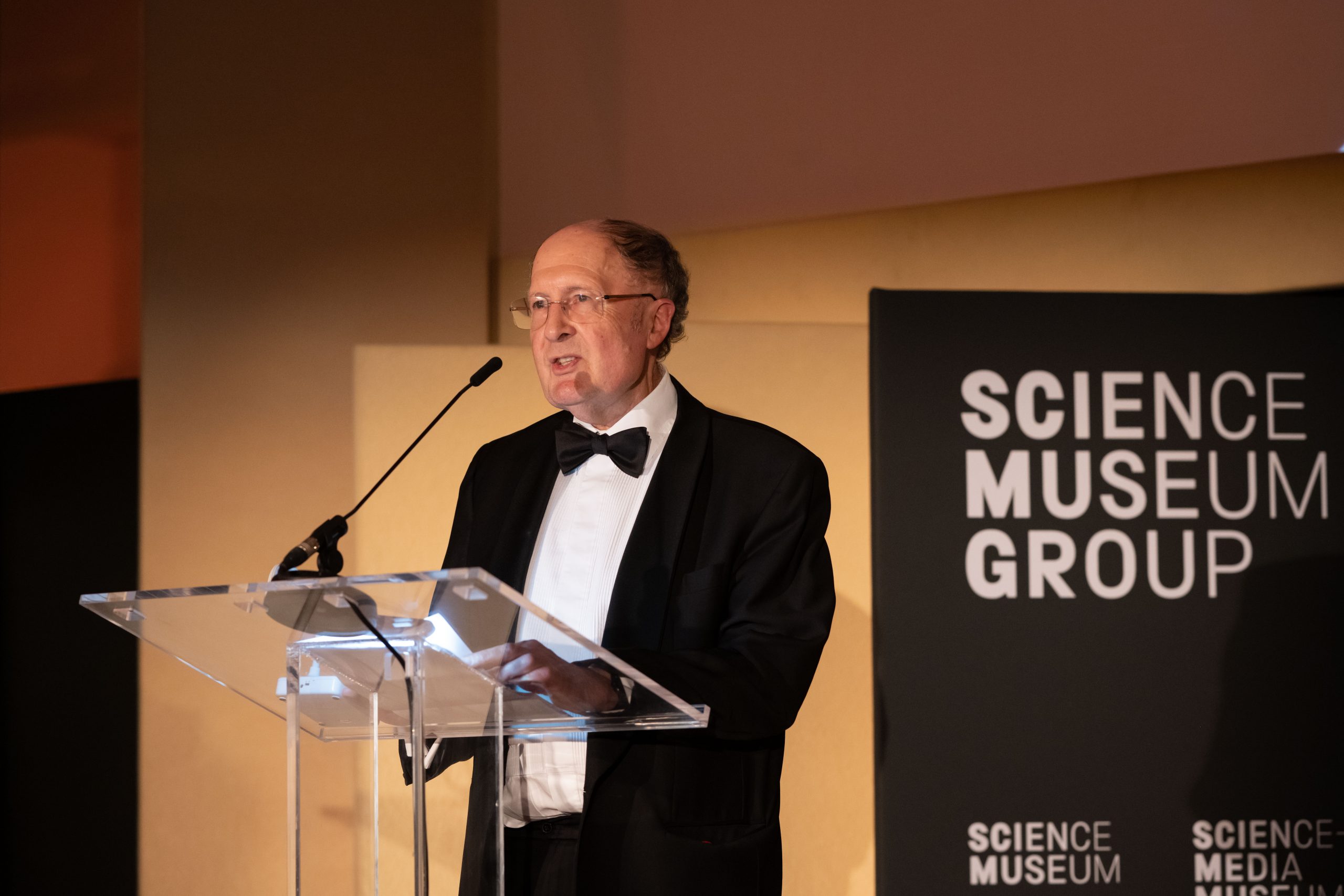
The resulting class of new pharmaceuticals based on antibodies is transforming the treatment of cancer, and inflammatory diseases such as rheumatoid arthritis or Crohn’s disease, he said:
‘It has been a revolution for medicine and for the pharmaceutical industry and I was lucky enough to witness and to participate in this revolution.’
Sir Greg shared the secrets of successful innovation, along with an unlikely story of how a road rage attack provided him with the key to scientific success, ultimately leading to a Nobel Prize.
Despite the significant number of people in the audience who sit on influential committees, he said that one problem is that, ‘funding decisions are usually made by committees, and there is a fundamental problem in the way that committees work.’
Committees are rather conservative, and gravitate to the comfort of the consensus,’ he explained:
‘With radical ideas they can act like packs of sharks, one whiff of blood in the water and all members attack. I am sure I would not have received grant funding for my most innovative work from an external committee.’
An alternative is to place more funding decisions in the hands of individual experienced scientists, not committees he offered:
‘This suggestion is based on my experience at the Medical Research Council’s Laboratory of Molecular Biology, where my research was entirely at the discretion of the Heads of Division, Fred Sanger, and then Cesar Milstein. In turn they were personally responsible to the MRC.’
Another suggestion made by Sir Greg was to ensure the ownership of intellectual property is:
‘Fully vested in the inventor. Not in the employers, not in technology transfer organisations, and not in the funders of the research. This would stimulate the application of innovative research, and could lead to the growth of a cadre of entrepreneurial inventors.’
But, he joked, ‘you can be sure that both my ideas will be thoroughly savaged should they ever be considered by a committee.’
As Lucy Hawking and her partner Rupert Arrowsmith sat before him, Sir Ian Blatchford, Director of the Science Museum Group, told the throng how the Hawking family had made an ‘outstanding gift to the nation’.
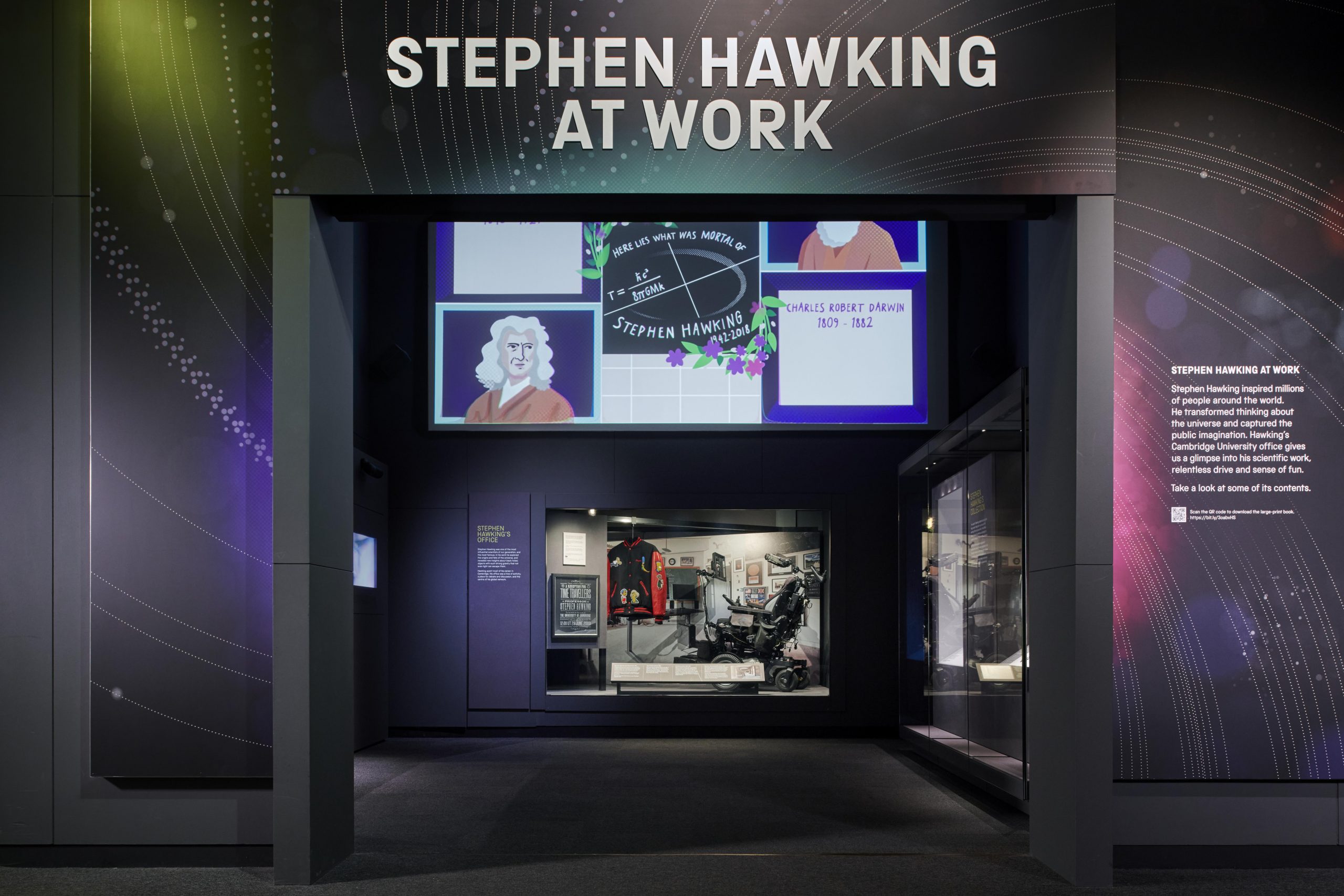
Their donation of the entire contents of Stephen Hawking’s office, some of which can now be seen in the Stephen Hawking at Work display in the Science Museum, which will tour all the museums in the Science Museum Group: ‘In London, it has been so popular that we have deployed extra security guards to manage numbers.’
Dr Julia Knights, Deputy Director of the Science Museum, told the celebrity audience about the Group’s COVID-19 Collecting Project, one result of which is that in Medicine: The Wellcome Galleries,visitors can now see the first ever empty vials of Pfizer/BioNtech and Oxford/Astrazeneca COVID-19 vaccines administered outside trials in the first mass vaccinations.
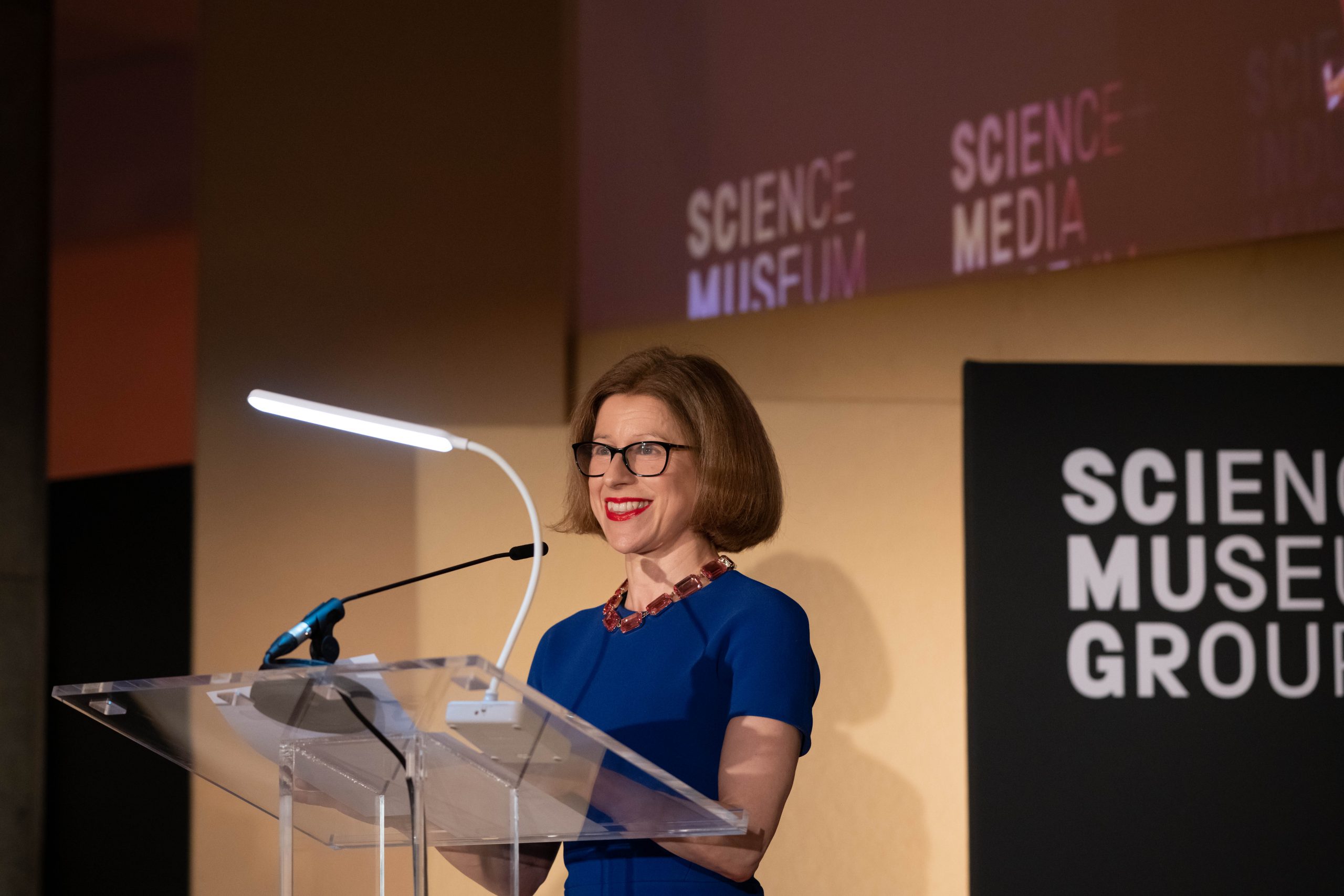
The project will pave the way for a new exhibition on the global effort to develop the vaccine in the Science Museum, along with venues in India and China, opening in November this year.
‘We are beyond proud that the museum also hosted two NHS vaccination centres, delivering nearly 140,000 vaccines,’ she said. Sir Ian added, with the Department of Culture, Media and Sport in mind:
‘We emerge from COVID-19 in robust health, so a massive thank you from us. Although we are yet to see international tourists visit in significant numbers, the return of domestic visitors has been stronger than we expected – at times the Science Museum’s domestic audience went beyond pre-pandemic levels.’
Many leading figures attended the Annual Dinner: Dame Emma Walmsley, Chief Executive Officer of GlaxoSmithKline; Sir Jeremy Fleming, Director of GCHQ, the UK’s Intelligence, Cyber and Security Agency, which supported the Top Secret exhibition now at the National Science and Media Museum in Bradford.
Dr Doug Gurr; Director of the Natural History Museum, Sir Mark Walport, former Chief Scientific Adviser and Chief Executive of UK Research and Innovation; Dame Sally Davies, former England Chief Medical Officer; Sir Martin Sweeting, Executive Chairman of Surrey Satellite Technology Ltd.
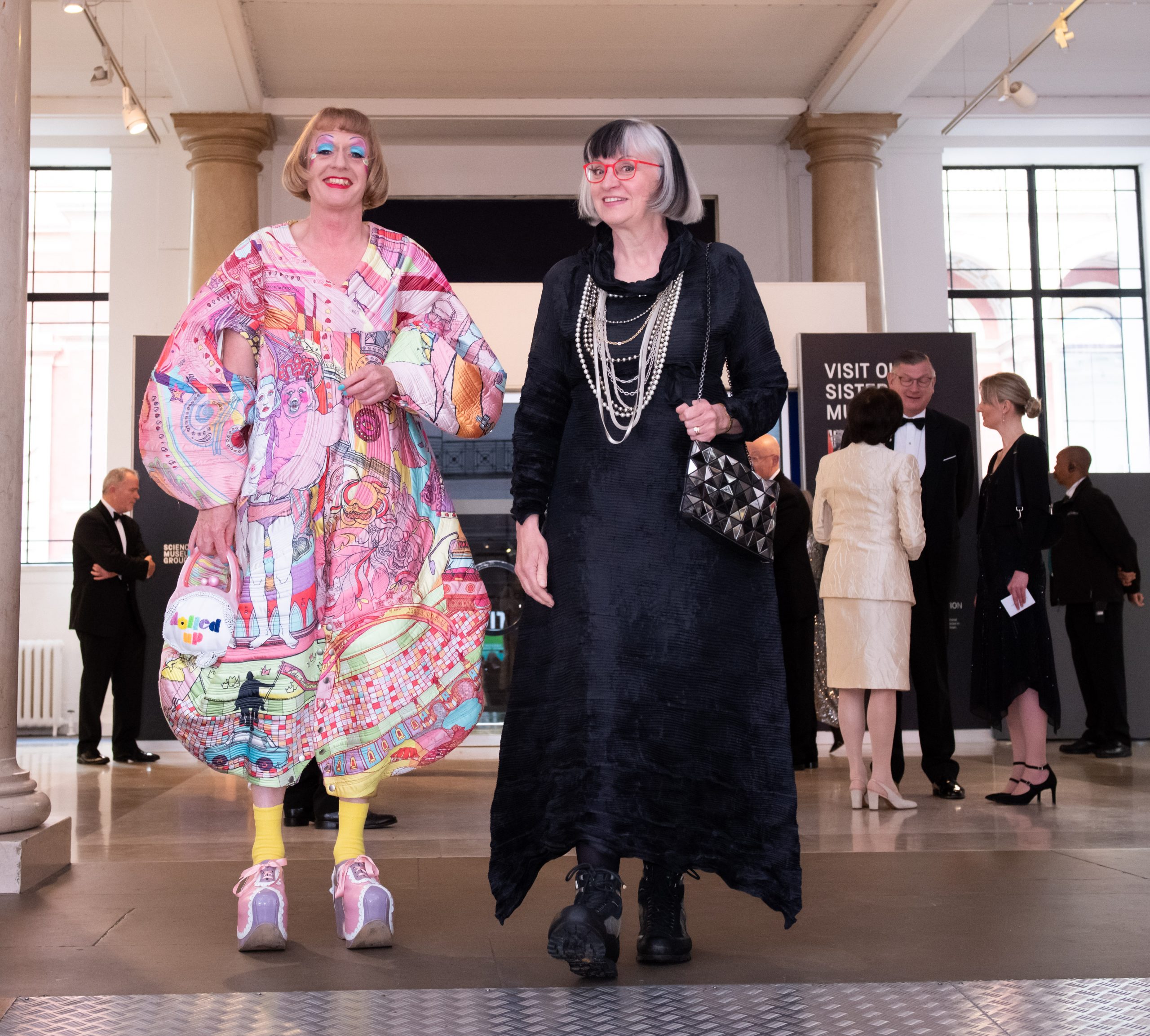
Film-maker Anthony Geffen came with Lady Helen Hamlyn, while the artist Grayson Perry, whose pandemic inspired ceramic artwork is on display in the museum, was accompanied by his partner, psychotherapist and author Philippa Perry. Also at the dinner were broadcasters Angela Rippon, Kevin Fong and Samira Ahmed; museum advisor and COVID-19 challenge trial organiser, Dr Chris Chiu, along with Chi Onwurah MP and Felicity Buchan MP.